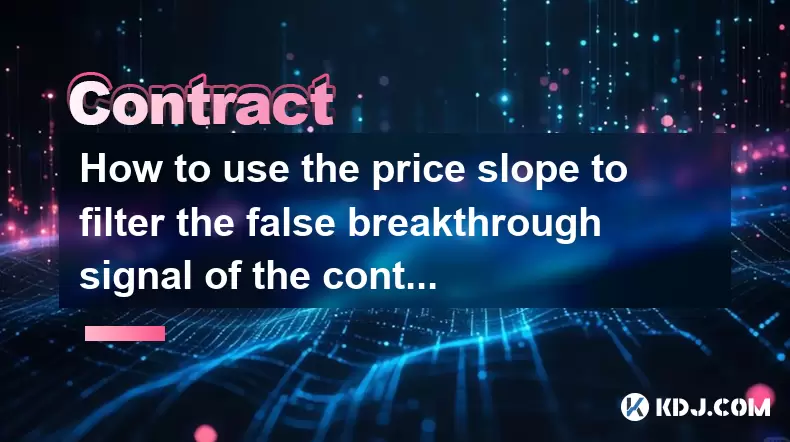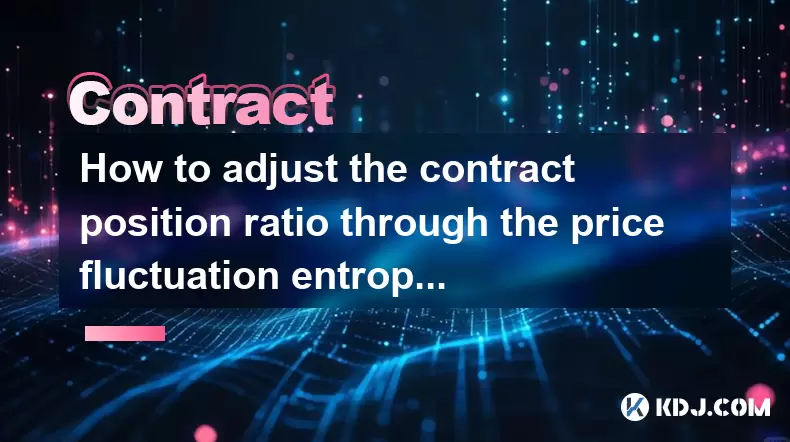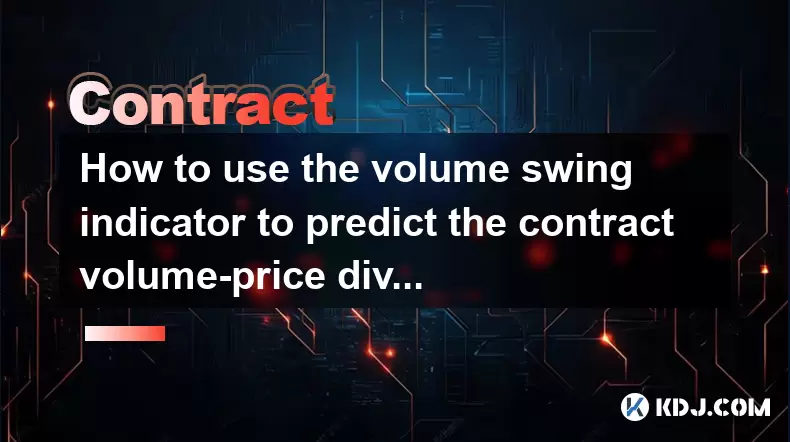-
 Bitcoin
Bitcoin $108,262.4325
-1.40% -
 Ethereum
Ethereum $2,518.2882
-2.94% -
 Tether USDt
Tether USDt $1.0003
-0.01% -
 XRP
XRP $2.2262
-1.71% -
 BNB
BNB $653.9254
-1.55% -
 Solana
Solana $148.1036
-3.11% -
 USDC
USDC $1.0000
0.01% -
 TRON
TRON $0.2829
-1.45% -
 Dogecoin
Dogecoin $0.1639
-4.82% -
 Cardano
Cardano $0.5742
-4.43% -
 Hyperliquid
Hyperliquid $38.9506
-3.95% -
 Sui
Sui $2.9040
-4.34% -
 Bitcoin Cash
Bitcoin Cash $484.8307
-2.62% -
 Chainlink
Chainlink $13.1971
-3.73% -
 UNUS SED LEO
UNUS SED LEO $9.0822
0.51% -
 Avalanche
Avalanche $17.8613
-4.01% -
 Stellar
Stellar $0.2385
-2.26% -
 Toncoin
Toncoin $2.7570
-3.88% -
 Shiba Inu
Shiba Inu $0.0...01145
-3.99% -
 Litecoin
Litecoin $86.9999
-2.43% -
 Hedera
Hedera $0.1538
-3.90% -
 Monero
Monero $313.7554
-2.03% -
 Polkadot
Polkadot $3.3681
-5.08% -
 Dai
Dai $1.0000
0.00% -
 Ethena USDe
Ethena USDe $1.0001
-0.01% -
 Bitget Token
Bitget Token $4.4401
-2.97% -
 Uniswap
Uniswap $6.9644
-8.41% -
 Pepe
Pepe $0.0...09666
-4.79% -
 Aave
Aave $266.5686
-5.04% -
 Pi
Pi $0.4713
-4.95%
How to short BitFlyer leverage trading
Understanding the risks of leverage trading, choosing appropriate trading pairs, and setting stop-loss and take-profit orders are crucial steps in shorting on BitFlyer's leverage trading platform.
Nov 17, 2024 at 02:41 am

How to Short BitFlyer Leverage Trading: A Comprehensive Guide
Introduction
Shorting cryptocurrencies through leverage trading involves profiting from a decline in the price of a digital asset. BitFlyer, a prominent Japanese cryptocurrency exchange, offers leverage trading services, enabling traders to magnify their potential profits (or losses). This guide will delve into the intricacies of shorting on BitFlyer leverage trading, providing a step-by-step approach to successfully navigate this sophisticated trading strategy.
Step 1: Understanding Leverage Trading Concepts
Leverage trading involves borrowing capital from a broker to increase the potential return on an investment. In the context of shorting, leverage allows traders to borrow a certain amount of the asset they are betting against, enabling them to take larger positions than their account balance would normally allow. However, it is crucial to remember that leverage trading amplifies both profits and losses.
Step 2: Choosing an Appropriate Trading Pair
For shorting on BitFlyer, traders need to select a trading pair that they believe will decline in value. The exchange offers various trading pairs involving cryptocurrencies such as Bitcoin (BTC), Ethereum (ETH), and Ripple (XRP). Traders should conduct thorough research, analyze market trends, and identify trading pairs that align with their shorting strategy.
Step 3: Opening a Short Position
Once a suitable trading pair is chosen, traders can initiate a short position by borrowing the asset they are betting against. On BitFlyer, this involves placing a "sell" order while selecting "margin trading" under the order type. The margin trading option utilizes borrowed funds to amplify the potential returns. Traders need to specify the amount of the asset they want to borrow and the leverage they wish to apply, keeping in mind the associated risks.
Step 4: Setting Stop-Loss and Take-Profit Orders
To manage risk and protect potential profits, traders should set stop-loss and take-profit orders. A stop-loss order automatically closes a position if the asset's price falls below a predetermined level, limiting potential losses. A take-profit order, on the other hand, closes the position when the price rises to a desired level, locking in profits. These orders are essential for risk management and ensuring a disciplined approach to trading.
Step 5: Monitoring the Position
Once a short position is initiated, it is crucial to continuously monitor the market and adjust the trading strategy accordingly. BitFlyer provides real-time market data, charting tools, and trading history, enabling traders to track their position's performance and make informed decisions. Regular monitoring helps traders identify any potential risks or opportunities and respond proactively.
Step 6: Closing the Short Position
To close a short position, traders need to buy back the borrowed asset and return it to the lender. This involves placing a "buy" order while selecting "margin trading" under the order type. The amount of the asset to be purchased should match the amount borrowed earlier. Closing the position at a lower price than the initial sale price results in a profit, while closing at a higher price leads to a loss.
Step 7: Managing Risks and Responsibilities
Leverage trading carries inherent risks, and it is imperative for traders to manage these risks responsibly. Traders should only borrow amounts they can afford to lose and carefully consider the potential implications of market fluctuations. Additionally, BitFlyer has specific terms and conditions that govern leverage trading, and traders are responsible for understanding and adhering to these regulations.
Conclusion
Shorting BitFlyer leverage trading can be a powerful strategy for experienced traders. However, it is critical to fully understand the concepts of leverage trading, choose appropriate trading pairs, manage risk effectively, and monitor positions consistently. By following the steps outlined in this guide, traders can enhance their chances of successful shorting on BitFlyer leverage trading while mitigating potential pitfalls.
Disclaimer:info@kdj.com
The information provided is not trading advice. kdj.com does not assume any responsibility for any investments made based on the information provided in this article. Cryptocurrencies are highly volatile and it is highly recommended that you invest with caution after thorough research!
If you believe that the content used on this website infringes your copyright, please contact us immediately (info@kdj.com) and we will delete it promptly.
- Bitcoin's Pattern Break: Are HODLers the Key to the Next Surge?
- 2025-07-04 18:50:12
- Bitcoin Price, Trump's Bill, and the $150K Dream: A NYC Take
- 2025-07-04 19:50:12
- Ethereum, LILPEPE, and the July Bounce: Will Pepe Steal ETH's Thunder?
- 2025-07-04 19:10:12
- Binance Institutional Loans: Unlocking 4x Leverage and Zero Interest for Whales
- 2025-07-04 19:15:12
- Bitcoin Bull Run: Analysts Eye Peak in Late 2025?
- 2025-07-04 19:20:13
- Pepe Indicators, Bullish Forecast: Can the Meme Coin Rally?
- 2025-07-04 19:25:12
Related knowledge

How to identify the contract value range in combination with the market profile?
Jul 02,2025 at 10:56pm
Understanding the Market ProfileTo effectively identify the contract value range in combination with the market profile, it's essential to first understand what each concept entails. The market profile is a framework that helps traders visualize how price and time interact across a given period, typically a trading day or session. It provides insights i...

How to use the price slope to filter the false breakthrough signal of the contract?
Jun 20,2025 at 06:56pm
Understanding the Concept of Price Slope in Contract TradingIn contract trading, especially within cryptocurrency derivatives markets, price slope refers to the rate at which the price changes over a specific time period. It helps traders assess the strength and sustainability of a trend. A steep slope may indicate strong momentum, while a shallow slope...

How to determine the expected volatility of the contract through the volatility cone?
Jun 19,2025 at 12:28pm
Understanding the Basics of Volatility in Cryptocurrency ContractsIn the realm of cryptocurrency trading, volatility is a key metric that traders use to assess potential risk and reward. When dealing with futures contracts, understanding how volatile an asset might become over time is crucial for position sizing, risk management, and strategy developmen...

How to formulate a contract intraday trading plan in combination with the pivot point system?
Jun 21,2025 at 03:42pm
Understanding the Basics of Pivot Points in Cryptocurrency TradingPivot points are technical analysis tools used by traders to identify potential support and resistance levels. These levels are calculated using the previous day's high, low, and closing prices. In the context of cryptocurrency trading, where markets operate 24/7, pivot points help trader...

How to adjust the contract position ratio through the price fluctuation entropy?
Jun 22,2025 at 11:42am
Understanding Price Fluctuation Entropy in Cryptocurrency ContractsIn the world of cryptocurrency futures trading, price fluctuation entropy is a relatively new concept used to measure market volatility and uncertainty. It derives from information theory, where entropy refers to the degree of randomness or unpredictability in a system. In crypto contrac...

How to use the volume swing indicator to predict the contract volume-price divergence?
Jun 18,2025 at 11:42pm
Understanding the Volume Swing IndicatorThe volume swing indicator is a technical analysis tool used primarily in cryptocurrency trading to evaluate changes in volume over time. Unlike price-based indicators, this metric focuses solely on trading volume, which can provide early signals about potential market reversals or continuations. The key idea behi...

How to identify the contract value range in combination with the market profile?
Jul 02,2025 at 10:56pm
Understanding the Market ProfileTo effectively identify the contract value range in combination with the market profile, it's essential to first understand what each concept entails. The market profile is a framework that helps traders visualize how price and time interact across a given period, typically a trading day or session. It provides insights i...

How to use the price slope to filter the false breakthrough signal of the contract?
Jun 20,2025 at 06:56pm
Understanding the Concept of Price Slope in Contract TradingIn contract trading, especially within cryptocurrency derivatives markets, price slope refers to the rate at which the price changes over a specific time period. It helps traders assess the strength and sustainability of a trend. A steep slope may indicate strong momentum, while a shallow slope...

How to determine the expected volatility of the contract through the volatility cone?
Jun 19,2025 at 12:28pm
Understanding the Basics of Volatility in Cryptocurrency ContractsIn the realm of cryptocurrency trading, volatility is a key metric that traders use to assess potential risk and reward. When dealing with futures contracts, understanding how volatile an asset might become over time is crucial for position sizing, risk management, and strategy developmen...

How to formulate a contract intraday trading plan in combination with the pivot point system?
Jun 21,2025 at 03:42pm
Understanding the Basics of Pivot Points in Cryptocurrency TradingPivot points are technical analysis tools used by traders to identify potential support and resistance levels. These levels are calculated using the previous day's high, low, and closing prices. In the context of cryptocurrency trading, where markets operate 24/7, pivot points help trader...

How to adjust the contract position ratio through the price fluctuation entropy?
Jun 22,2025 at 11:42am
Understanding Price Fluctuation Entropy in Cryptocurrency ContractsIn the world of cryptocurrency futures trading, price fluctuation entropy is a relatively new concept used to measure market volatility and uncertainty. It derives from information theory, where entropy refers to the degree of randomness or unpredictability in a system. In crypto contrac...

How to use the volume swing indicator to predict the contract volume-price divergence?
Jun 18,2025 at 11:42pm
Understanding the Volume Swing IndicatorThe volume swing indicator is a technical analysis tool used primarily in cryptocurrency trading to evaluate changes in volume over time. Unlike price-based indicators, this metric focuses solely on trading volume, which can provide early signals about potential market reversals or continuations. The key idea behi...
See all articles

























































































